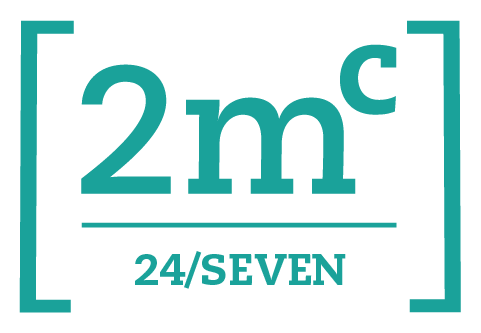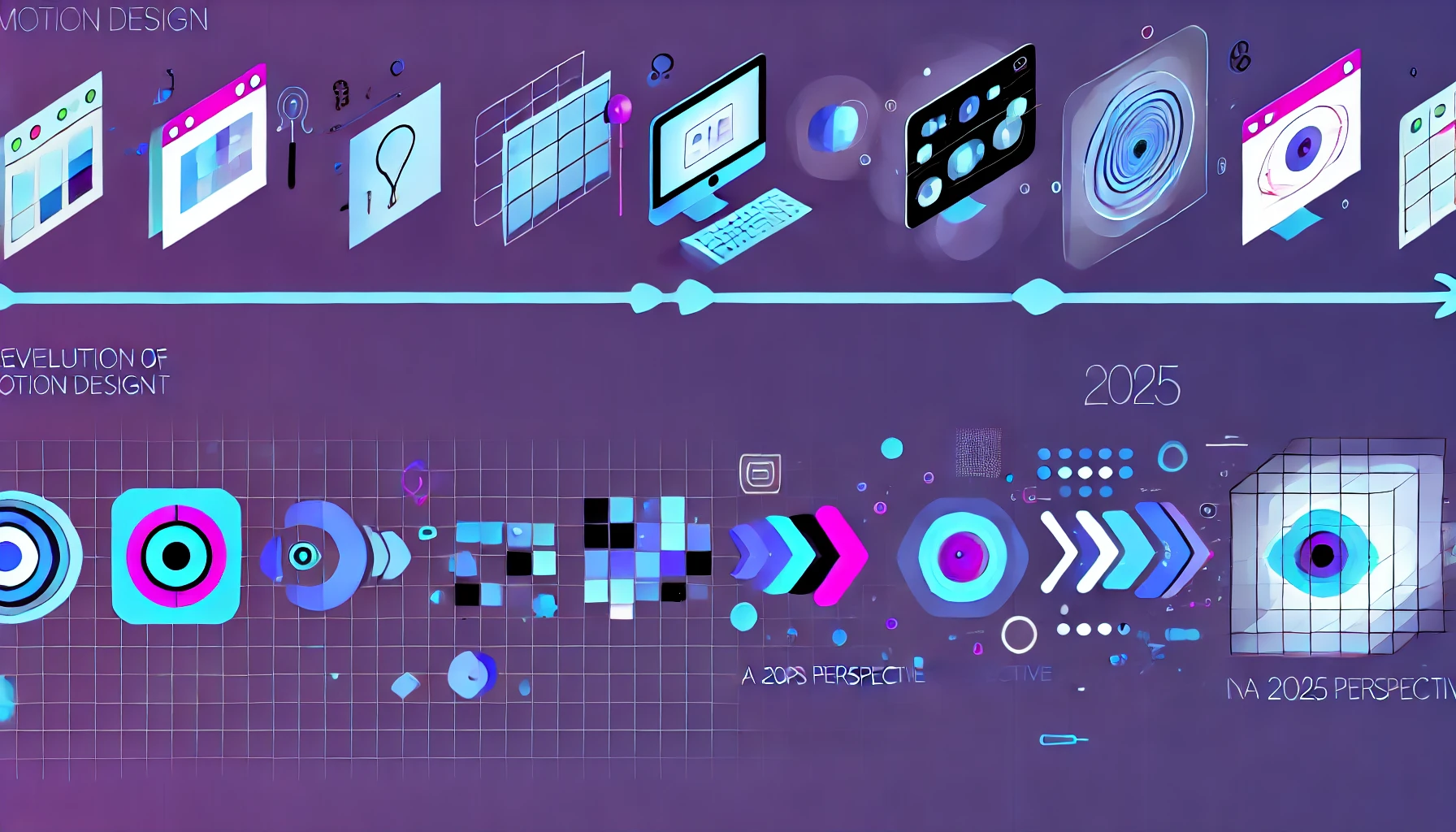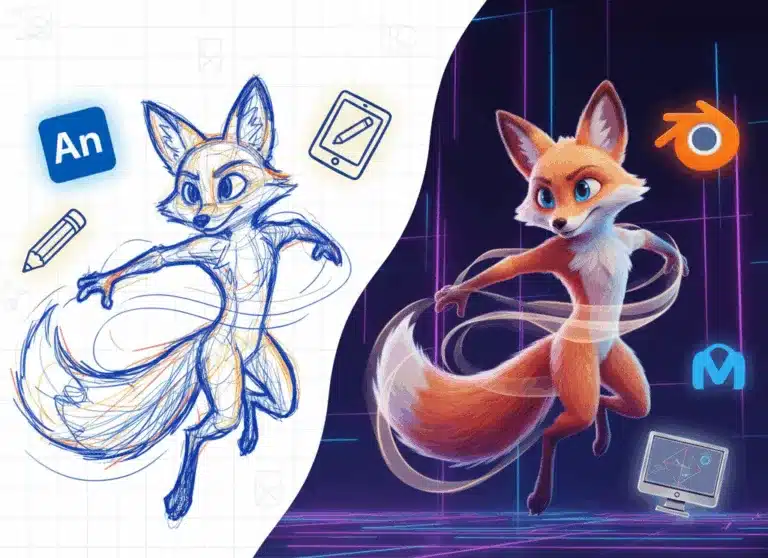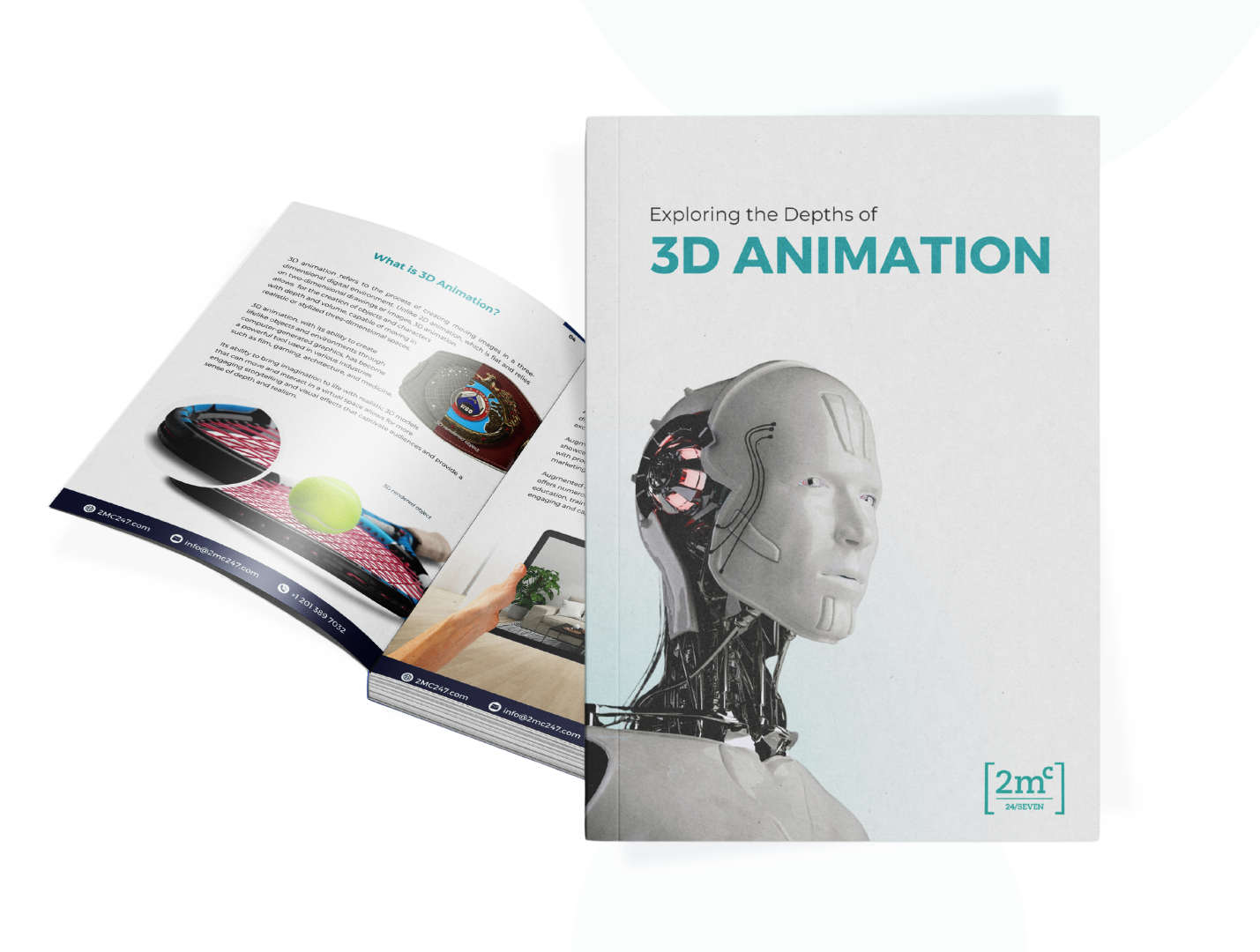Motion design has undergone a remarkable transformation over the past few years, evolving from simple GIFs to intricate three-dimensional animations. This journey has been heavily influenced by pop culture, with designers constantly pushing the limits of what’s possible. As we step into 2025, it’s clear that motion design is not just about aesthetics; it’s about creating experiences that engage, entertain, and evoke emotions.
Major Motion Design Trends from 2018
Seamless Transitions Take Center Stage In 2018, there was a noticeable shift towards using seamless transitions in both film and motion graphics. Rather than relying on abrupt cuts, designers started integrating transitions that flowed naturally with the overall design. This approach added a layer of sophistication, making the transitions feel like a deliberate part of the storytelling rather than a necessary edit.
The Ubiquity of GIFs GIFs, though not new, continued to dominate in 2018. Their popularity surged as more platforms embraced them, making GIFs a staple in online communication. Designers and brands leveraged this format to create quick, impactful visuals that resonated with audiences across the internet.

The Rise of Cinemagraphs By 2019, brands were eager to stand out in a saturated market dominated by video content and animated memes. Cinemagraphs emerged as a creative solution—a blend of still photography and subtle, looping animations. This unique format captivated audiences with its eerie, otherworldly effect, leading major brands like Apple and Nike to experiment with it.

A Nostalgic Return to Retro 2019 saw a resurgence of retro-inspired designs, fueled by the popularity of nostalgic pop culture phenomena like “Stranger Things.” This trend brought back retro colors, typography, and icons, reminding audiences of the charm and character of past decades.
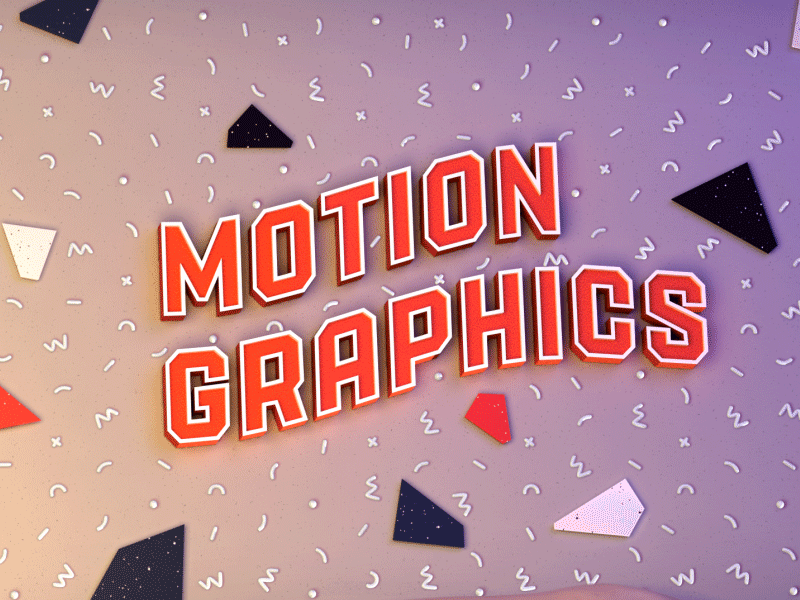
Motion Design Trends from 2020
Breaking Boundaries with 3D Design In 2020, 3D design became a powerful tool for designers, enabling them to create scenes that would have been impossible with traditional methods. For instance, Apple’s announcement video for the Apple Watch Series 4 offered an immersive experience by taking viewers inside the watch, showcasing the intricate hardware through stunning 3D effects.
Enhancing Experiences with Visual Effects (VFX) Visual effects became a go-to for creating epic, dramatized representations of products, particularly in commercials. The ability to exaggerate details, as seen in Adidas’ stylized shoe commercials, allowed brands to craft visually compelling narratives that resonated with viewers.
What to Expect in 2025
Kinetic Typography Takes the Lead As we move into 2025, kinetic typography has gained significant traction. This dynamic use of text in motion design has become a favorite in commercials, websites, and music videos, offering a fresh way to capture attention and convey messages.
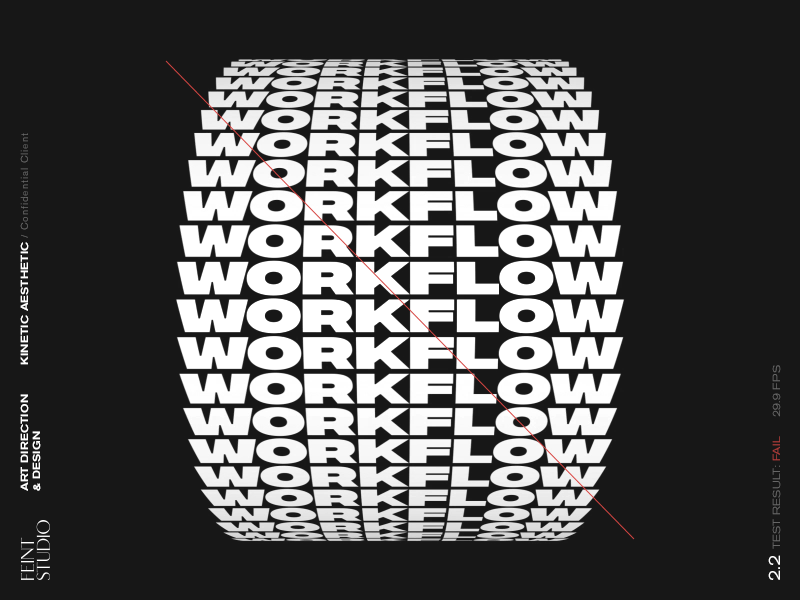
The Appeal of Grain Effects While clean, crisp designs have their place, the grain effect has become increasingly popular for adding texture and relatability to visuals. This technique helps to soften otherwise sterile designs, making them feel more authentic and engaging.

The Future of Motion Design
Embracing Storytelling In the coming years, storytelling will be crucial in helping brands stand out. While playful GIFs have enjoyed popularity on social media, there’s a growing recognition of the power of storytelling in building deeper connections with audiences. Motion design is perfectly suited for this, using animation and movement to bring stories to life in a way that static images simply cannot.
Design as a Business Driver The connection between good design and business success is becoming more evident. As studies and reports continue to highlight the financial impact of design, more businesses will begin to see it as an essential part of their strategy. Designers will be empowered to make data-driven decisions, optimizing their work to contribute meaningfully to the bottom line.

